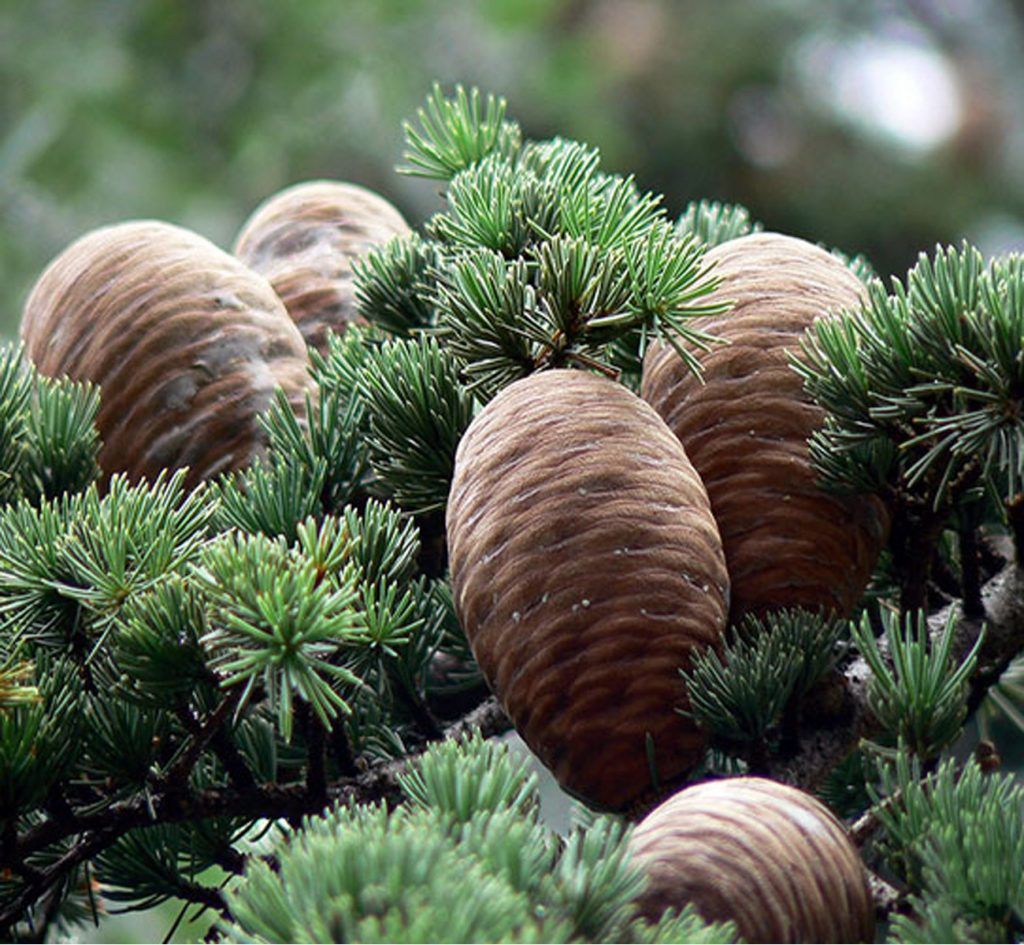Krasnoyarsk biologists are sounding the alarm, because these harmful phenomena have captured more than one Siberia, an identical situation has been found in North America.
As scientists have established, the reason for the rapid negative changes in the condition of spruce, fir and cedar trees in the taiga was the aggravation of the aridity of the climate, as well as an increase in the reproduction and spread of various beetles. The results of all tests were published in the specialized serial publication Forest Ecology and Management.
As you know, fir and cedar are tree species that love a humid environment, so they react extremely sensitively to lack of water. The curator of the study, scientist Vyacheslav Kharchuk, noted that a healthy tree develops a response to the effects of bark beetles in the form of the release of a large amount of resin. However, specimens weakened by lack of water are the most favorable area for root and stem insect pests to operate.
All together, namely climatic aridity and the extension of the duration of tree growth, allow beetles to complete the development cycle faster, significantly increase the population and spread the impact areas, moving northward and into the highlands. Scientists have also found that the metamorphoses occurring with the climate, with the weakening of the dark coniferous forest, have become a kind of catalyst for the mass reproduction of the polygraph beetle, which is especially dangerous for fir trees.
According to the researchers’ conclusions, it makes no sense to try to renew fir and cedar forests in areas that have become unsuitable for their growth. It would be more expedient to replace them with pine and larch, which are more resistant to drought.



































